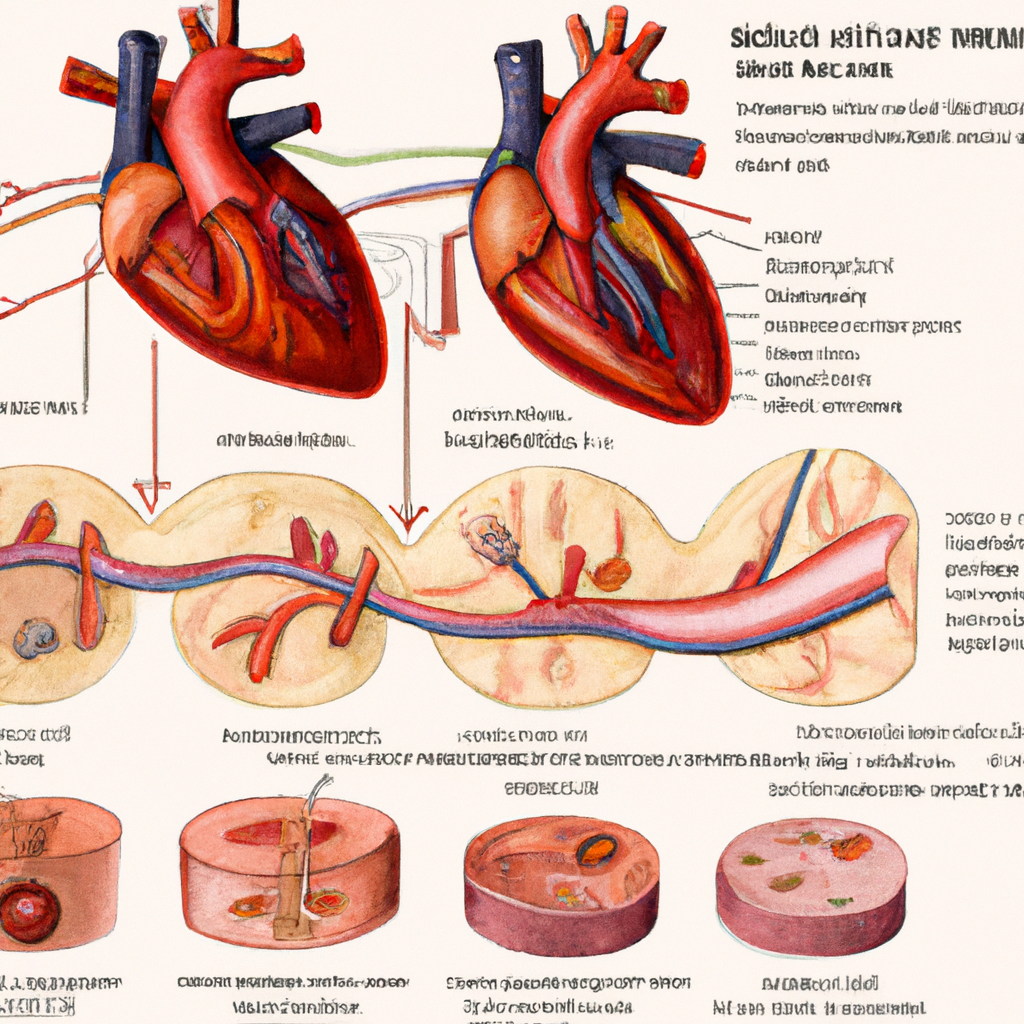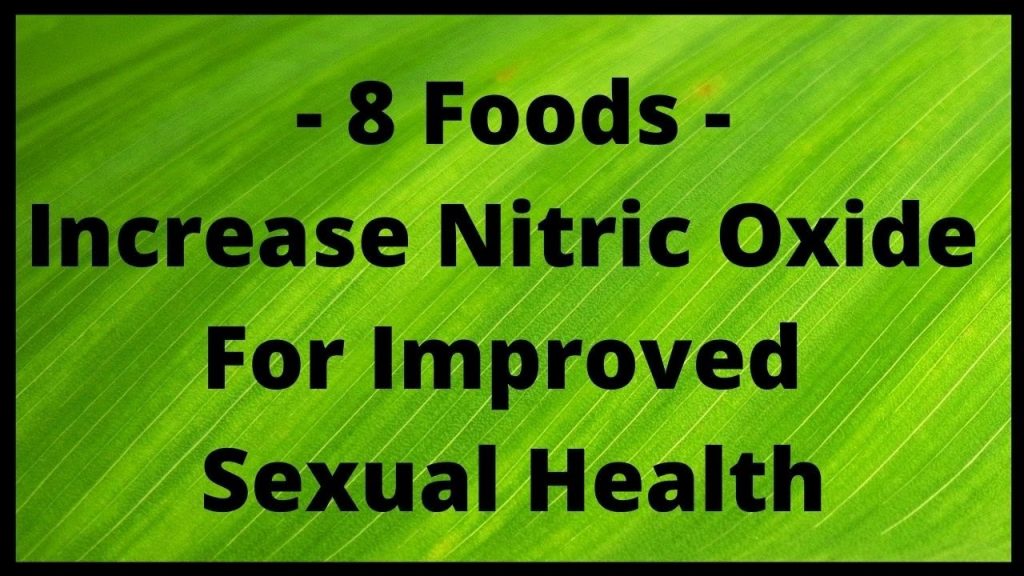Do you know what nitric oxide is and how it can help lower your blood pressure? Nitric oxide is a molecule that plays an important role in regulating blood pressure levels in your body. It works by relaxing the smooth muscle cells in your blood vessels, leading to increased blood flow and decreased resistance to blood flow, which ultimately results in lower blood pressure.
But how exactly does nitric oxide achieve this effect? Through scientific research, we now have a better understanding of the mechanisms behind nitric oxide’s blood pressure-lowering effects.
In this article, we will explore the science behind nitric oxide’s action on the cardiovascular system and discuss factors that can affect its production. We will also look at medications that target nitric oxide levels and strategies for optimizing its production to manage high blood pressure.
So if you’re interested in learning more about how nitric oxide can benefit your cardiovascular health, keep reading!
Key Takeaways
- Nitric oxide plays a crucial role in regulating blood pressure by relaxing smooth muscle cells in blood vessels, leading to increased blood flow and decreased resistance to blood flow.
- Impaired production of nitric oxide due to endothelial dysfunction can lead to high blood pressure.
- Foods rich in antioxidants and nitrates, as well as regular physical activity, can boost nitric oxide production.
- Nitric oxide-targeting medications like nitric oxide donors and ACE inhibitors work by promoting vasodilation, which widens blood vessels and lowers blood pressure.
The Role of Nitric Oxide in Regulating Blood Pressure
So, how does nitric oxide help regulate your blood pressure? Well, it plays a crucial role in relaxing and widening your blood vessels, allowing for easier blood flow and ultimately leading to lower blood pressure.
Nitric oxide is produced by the endothelium – the inner lining of your blood vessels. When this production is impaired due to endothelial dysfunction, it can lead to high blood pressure.
One way to combat endothelial dysfunction and increase nitric oxide production is through dietary interventions. Foods rich in antioxidants, such as fruits and vegetables, have been shown to improve endothelial function and increase nitric oxide levels. Additionally, foods high in nitrates like leafy greens and beets can also boost nitric oxide production.
Overall, maintaining healthy levels of nitric oxide is crucial for regulating your blood pressure. By understanding the role of this molecule in vasodilation and implementing dietary interventions that promote its production, you can take steps towards improving your cardiovascular health.
The Science Behind Nitric Oxide’s Blood Pressure-Lowering Effects
You wouldn’t expect it, but there’s actually a lot of science behind how nitric oxide can lower your blood pressure. Nitric oxide is produced by your body and plays an important role in regulating vascular health. When your blood vessels are healthy, they’re able to dilate and contract properly, which helps to regulate blood flow and maintain healthy blood pressure levels.
However, when you have endothelial dysfunction (a condition where the lining of your blood vessels isn’t functioning properly), this can lead to decreased production of nitric oxide. This can cause your blood vessels to constrict and become less flexible, which makes it harder for them to regulate blood flow and maintain healthy blood pressure levels.
By increasing the production of nitric oxide in the body, you can improve vascular health and help bring down high blood pressure.
Overall, understanding the science behind how nitric oxide works to lower blood pressure is important because it can help us develop new treatments for hypertension in the future. By targeting the production of nitric oxide in the body or finding ways to improve endothelial function, we may be able to develop new therapies that effectively lower high blood pressure without causing negative side effects.
Factors that Affect Nitric Oxide Production
Now, let’s talk about the factors that affect nitric oxide production.
There are three main categories to consider: lifestyle factors, medical conditions, and medications. Your lifestyle choices, such as diet and exercise habits, can greatly impact your body’s ability to produce nitric oxide.
Additionally, certain medical conditions and medications may also play a role in either increasing or decreasing nitric oxide levels.
Lifestyle Factors
Imagine yourself taking a brisk walk or jog, as this can increase the production of nitric oxide in your body and ultimately help lower your blood pressure. Engaging in regular physical activity is a lifestyle factor that can aid in the production of nitric oxide.
When you exercise, your muscles need more oxygen, which triggers the release of nitric oxide from the lining of your blood vessels. This helps to dilate your blood vessels and increase the flow of oxygen-rich blood to your organs.
In addition to exercise, there are other lifestyle modifications that can boost nitric oxide levels and promote healthy blood pressure. These include dietary modifications such as consuming foods rich in nitrates like green leafy vegetables and beets, and stress management techniques like deep breathing exercises or meditation.
By incorporating these habits into your daily routine, you may be able to improve overall cardiovascular health through increased production of nitric oxide.
Medical Conditions
If you’re dealing with medical conditions such as hypertension or diabetes, it’s important to work closely with your healthcare provider to develop a personalized treatment plan. This plan may include medication and lifestyle changes to support healthy blood pressure levels. Hypertension management is crucial in reducing the risk of cardiovascular diseases.
Medications such as ACE inhibitors and calcium channel blockers are commonly prescribed for hypertension management. They help relax blood vessels, allowing blood to flow more easily and lowering blood pressure. In addition to medications, lifestyle changes such as increasing physical activity, maintaining a healthy weight, limiting alcohol intake, and reducing sodium intake can also be beneficial in managing hypertension.
Your healthcare provider can provide guidance on how best to incorporate these changes into your daily routine. It’s important to remember that managing medical conditions like hypertension requires ongoing effort and close monitoring by both you and your healthcare team.
Medications
Now that you’ve got a better understanding of how medical conditions can affect your blood pressure, let’s delve into the role medications play in lowering it. When it comes to managing hypertension, medication is often a necessary component of treatment.
Nitric oxide donors are one type of medication used to lower blood pressure by relaxing and widening blood vessels. However, it’s important to note that these medications can interact with other drugs you may be taking and require dosage adjustments under certain circumstances.
Here are five important things to keep in mind when taking nitric oxide donors:
- Some common side effects include headaches, flushing, and dizziness.
- These medications shouldn’t be taken alongside erectile dysfunction drugs such as Viagra or Cialis.
- If you have kidney or liver problems, your doctor may need to adjust your dosage.
- It’s crucial to take these medications exactly as prescribed by your doctor.
- Always inform any healthcare provider about all the medications you’re taking before undergoing any surgical procedures.
By being aware of potential drug interactions and maintaining proper dosages, nitric oxide donors can effectively lower blood pressure for those who need them. Remember to always communicate openly with your healthcare team about any concerns or questions regarding medication management for hypertension.
Nitric Oxide-Targeting Medications
Nitric oxide-targeting medications are a powerful tool in reducing high blood pressure. These medications work by promoting vasodilation, which is the widening of our blood vessels. By doing so, they increase the flow of blood throughout our body and reduce the pressure on our arteries.
One of the most common nitric oxide-targeting medications is called ACE inhibitors. They work by blocking an enzyme that constricts our blood vessels, allowing them to expand and lower blood pressure. However, like with any medication, there are potential side effects such as dizziness or dry cough.
If you’re looking for alternative treatments to nitric oxide-targeting medications, lifestyle changes can also be effective in reducing high blood pressure. Regular exercise, maintaining a healthy diet low in sodium and alcohol intake, and managing stress can all help lower your risk of developing hypertension.
Talk to your doctor about what treatment options may be best for you based on your individual needs and health history.
Optimizing Nitric Oxide Production for Blood Pressure Management
Optimizing production of nitric oxide can be a key factor in managing hypertension. One way to do this is through dietary supplements. L-arginine and beetroot extract are two popular supplements that have been shown to increase nitric oxide levels in the body.
L-arginine is an amino acid that is converted into nitric oxide in the body. Studies have shown that taking L-arginine supplements can lower blood pressure levels, especially in individuals with high blood pressure.
Beetroot extract, on the other hand, contains nitrates which are converted into nitric oxide in the body. This supplement has also been found to lower blood pressure levels, particularly when taken before exercise.
Another way to optimize nitric oxide production is through exercise routines. Aerobic exercises such as walking, jogging, or cycling have been found to increase nitric oxide levels in the body. This is because these activities stimulate the production of enzymes that convert L-arginine into nitric oxide. Resistance training has also been found to increase nitric oxide levels, but to a lesser extent than aerobic exercises.
Optimizing production of nitric oxide can help manage hypertension by lowering blood pressure levels naturally. Dietary supplements such as L-arginine and beetroot extract, as well as regular exercise routines including aerobic and resistance training can aid in increasing nitric oxide levels in the body and ultimately lead to better cardiovascular health overall.
Conclusion
So, there you have it! Nitric oxide plays a crucial role in regulating blood pressure and keeping your body healthy. By dilating blood vessels and promoting relaxation of arterial walls, nitric oxide helps lower blood pressure and reduce the risk of cardiovascular disease.
But what can you do to optimize nitric oxide production in your body? Eating a healthy diet with plenty of fruits and vegetables, exercising regularly, quitting smoking, and managing stress are all effective ways to boost nitric oxide levels.
So why not give it a try? Your heart will thank you for it!


